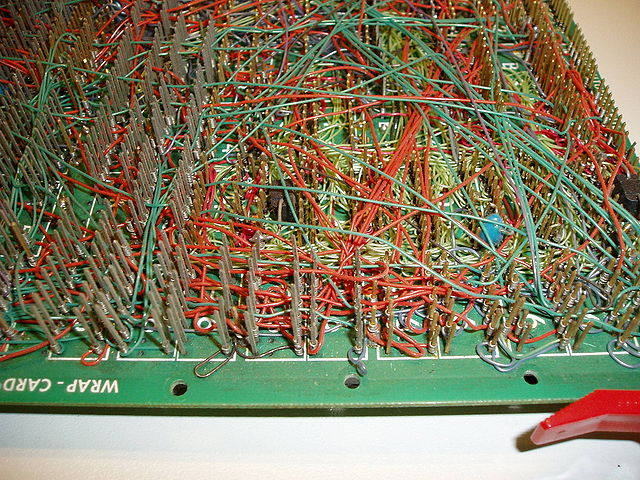
It’s important to communicate with the PCB or flex application engineer during the beginning of any PCB design job and discuss everything you need or require for your project. These files contain all the information pertaining to your printed circuit board, and once they have been generated, your PCB is now ready for fabrication and manufacturing and assembly.

This is the final step in the layout process. Reference designators are helpful in showing where specific components will go on the board. Now is the time to add any labels, identifiers, markings, or reference designators to the layout. About half of the flex circuits on the market are double-sided, which means they have connection to the drill hole on the bottom layer.Īfter you’ve placed the components and drill holes, you’re ready to route the traces, which means connecting segments of the path. This step is driven by the components and a connection. The PCB provider will have data sheets on every component (in most cases these are connectors), which will then be placed in the mechanical layout and sent to the customer for approval. For example, there may be standards indicating that certain components cannot be placed near others because they create electrical noise in the circuit. In many cases, the customer and PCB provider will discuss design and layout guidelines when it comes to the placement of components. An important tip: Find a PCB layout provider who is extremely familiar with IPC standards this can help you avoid major revisions and project delays. These standards tell you everything you need to know regarding PCB manufacturing. This step is largely dictated by standards and acceptability criteria from the IPC, which is the industry association for PCB and electronics manufacturing. The stackup plays a role in how the mechanical engineer can design and fit the PCB into the device. This is important to consider early on in the PCB design stage due to impedance, which refers to how much and how quickly electricity can travel down a trace. After you create your schematic, the mechanical engineer will load the design and determine how it will fit in the intended device.
Pcb board software#
The right PCB provider will work with principal engineers to develop a schematic with a software platform such as Mentor PADS®, Allegro, or Altium, which shows you exactly how your board will operate and where the components will be placed. Use a schematic capture tool to create your PCB layout. At this point, it’s not yet a mechanical representation.ģ. One of the first steps is always creating a schematic, which refers to the design at the electrical level of the board’s purpose and function.



 0 kommentar(er)
0 kommentar(er)
